Introduce yourself!
My name is Cam Cope; I’m a 29-year-old Australian travel journalist and photographer. I regularly contribute travel features to a range of print and online publications, present on travel photography philosophy, and in 2015 I’ll be kicking off a brand new series of photo-workshops that I’m really excited about. When I’m not sailing in Patagonia, riding horses with nomads in Mongolia, lurching on the back of a truck in the Bolivian Andes, deep sea fishing in Samoa, hitch-hiking in the Canadian arctic, island hopping in Indonesia, scaling volcano craters in Vanuatu or out bush exploring Australian Aboriginal culture, I can usually be found at home base in the most livable city in the world (if you believe the Economist): Melbourne.
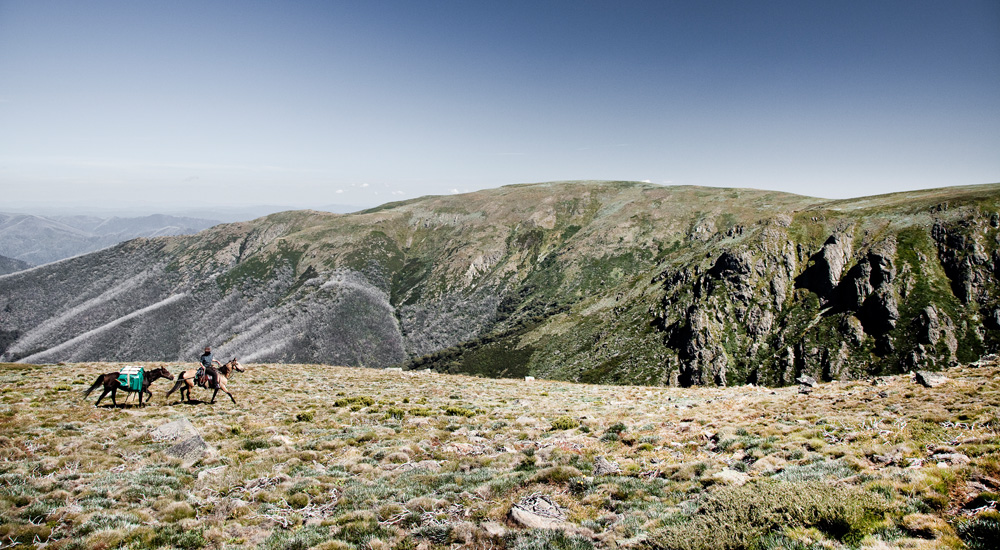
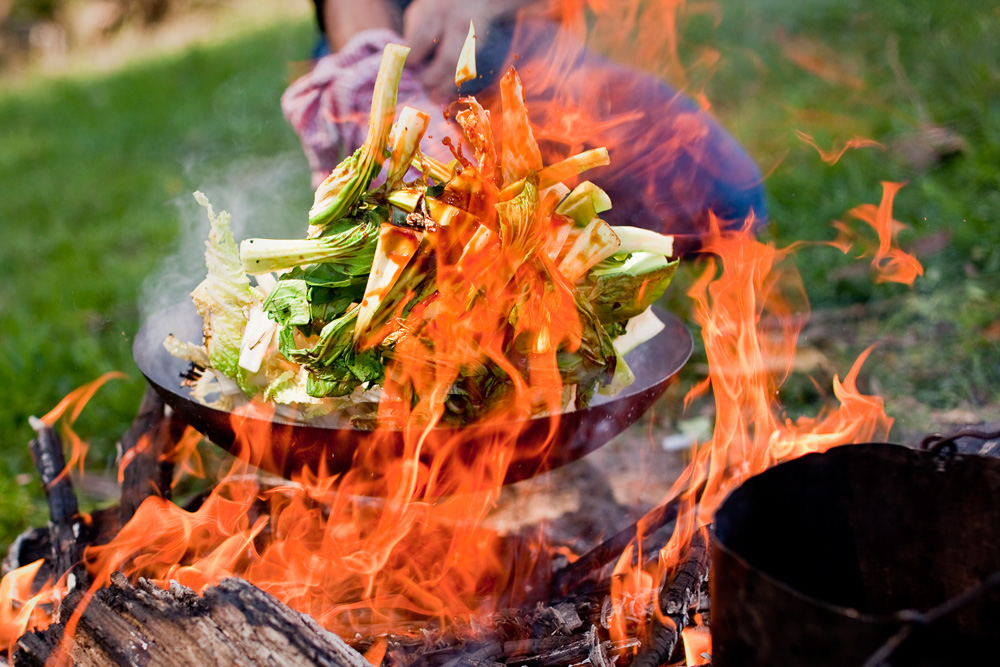
What interests you most about travel photography?
I think travel is an essential part of the human experience. When you think about it, the human desire to venture into the unknown and explore new territory is pretty much the great story of how we all got here. Travel is important; it can broaden your experience and understanding of just about anything and anyone. On a personal level, I view my photography as a passport to incredible experiences and into equally incredible people’s lives that I would otherwise never hope for. I also see travel photojournalism as a responsibility to share tangible, meaningful insights, for sharing real experiences, inspiring curiosity and hopefully breaking down much of the fear, ignorance and mistrust that exists because – in my view – too many of us have a limited world view.
You have been able to create a career out of travel; how did you get your start? What advice would you give to those interested in following a similar path?
I actually wouldn’t say I’ve made a career out of travel. It’s something that I do and love, but my career is in telling stories, both photographically and in writing. I got my start by personally approaching editors of travel magazines asking for advice because I really wanted to get my photographs published and I had no idea how the process worked. I was lucky that some of those that I approached gave me some of their time and helped me. The more I look back the less I believe in the whole ‘fake it till you make it mantra’. The best advice I’ve been given was to be honest with where you’re at, tell people what you dream of achieving and just ask for help. That way you’re far more likely to build good relationships with the people that can help you.
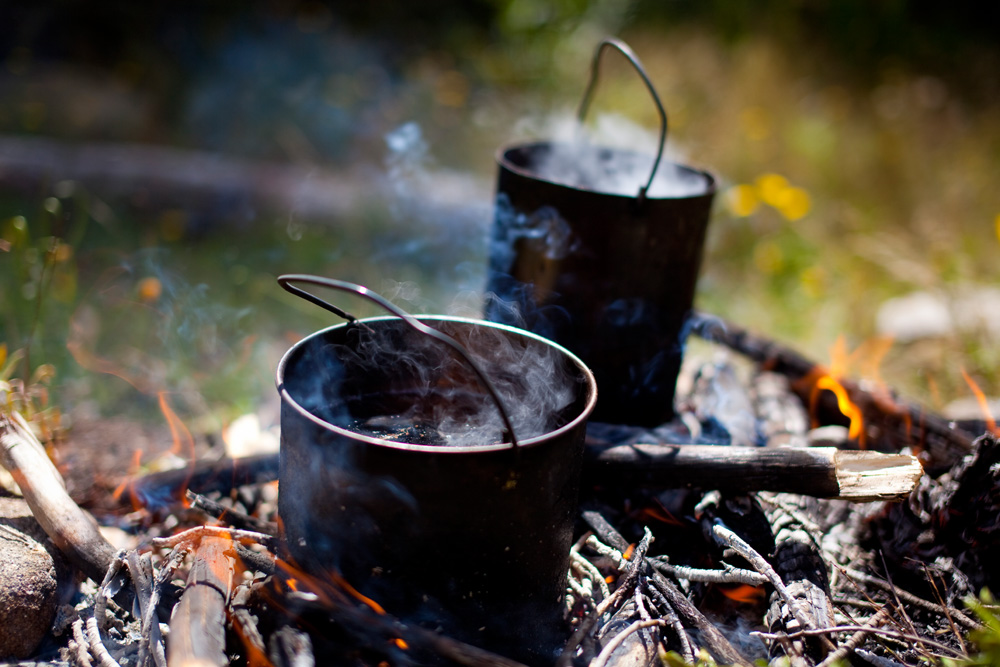
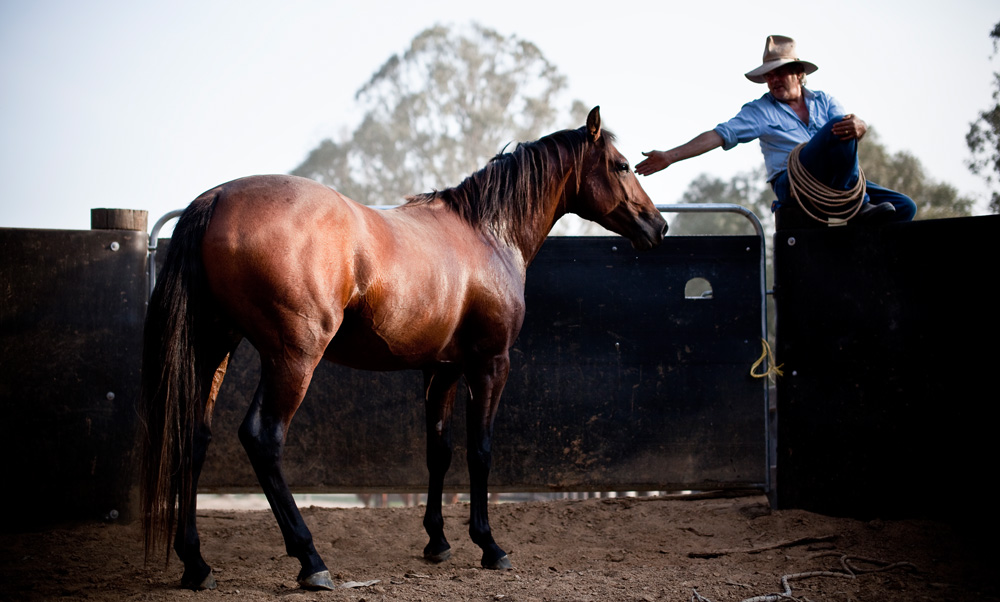
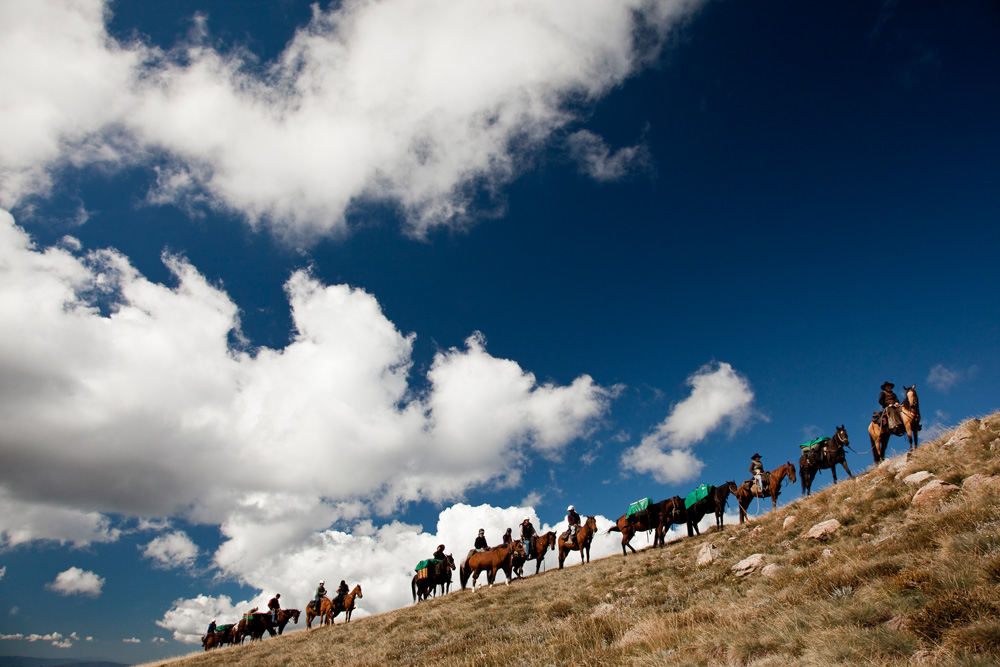
From your perspective, how does the experience of photographing your home country vs. new and foreign nations compare?
What I’ve experienced is really an exercise on perspective. Some people think that getting a good picture or finding a good story is just a matter of going somewhere ‘interesting.’ But one person’s exciting and exotic will always be another’s mundane. What really matters is the story and how you share it, or for a picture it’s all about how you see it. A destination is not a story. I’ve actually found that bringing my skills to a familiar subject really made me see things anew, and combined with the fact that I already had so many insights as a local, I actually enjoyed the process perhaps even more, and produced work with just that bit more depth to it.
Travel has a tendency to look very glamorous, though that is not always the case. What types of challenges have you experienced in your line of work?
Well this is especially true for travel journalists and photographers who are often working their arses off while their friends think they are on a ‘holiday’! There are many different challenges that depend on the nature of the journey. Sometimes they are logistical/operational – particularly when the story is a passion project rather than an assignment – but usually they relate somehow to how the hell are you going to finance what you’re doing and at the same time pursue your own interests and stories (a typical creative’s dilemma?). I generally only have one shot, so I often experience a lot of stress working on how to communicate what I’m experiencing, whereas a traveler would normally just experience it. Combine this with a sprinkle of calendar chaos, financial uncertainty, constant air travel, and empty hotel rooms; then suddenly it doesn’t seem like such a glamorous high life.
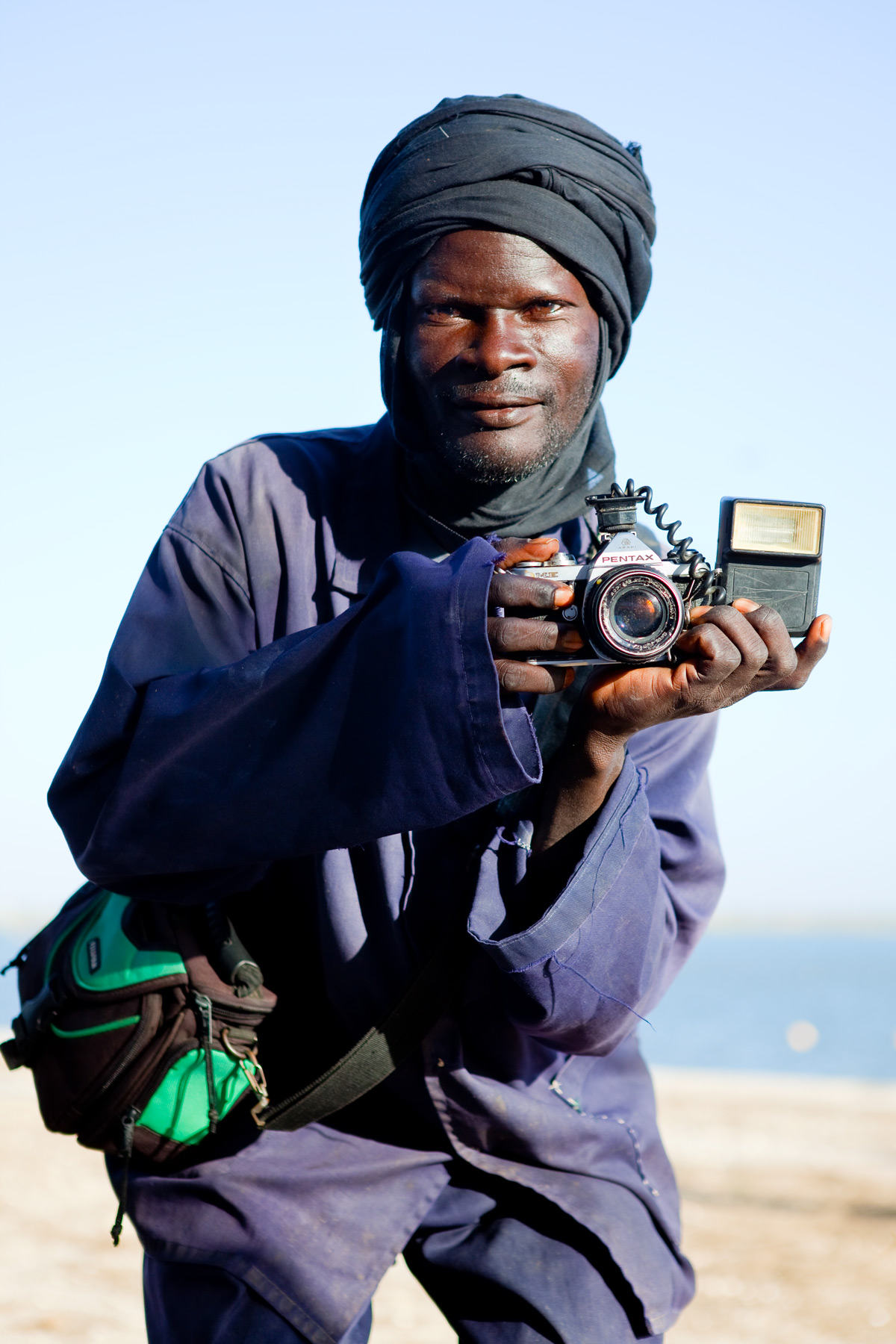
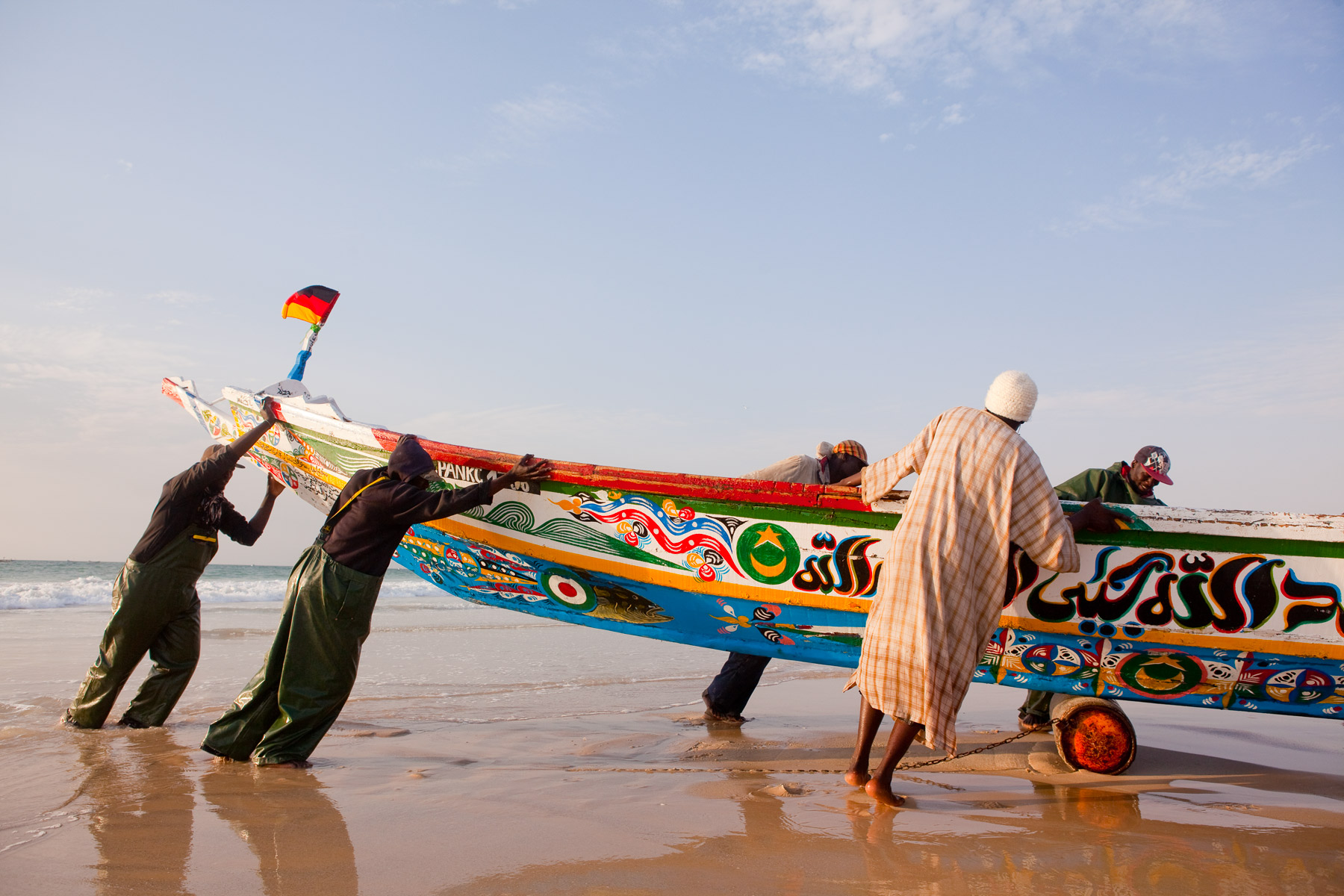
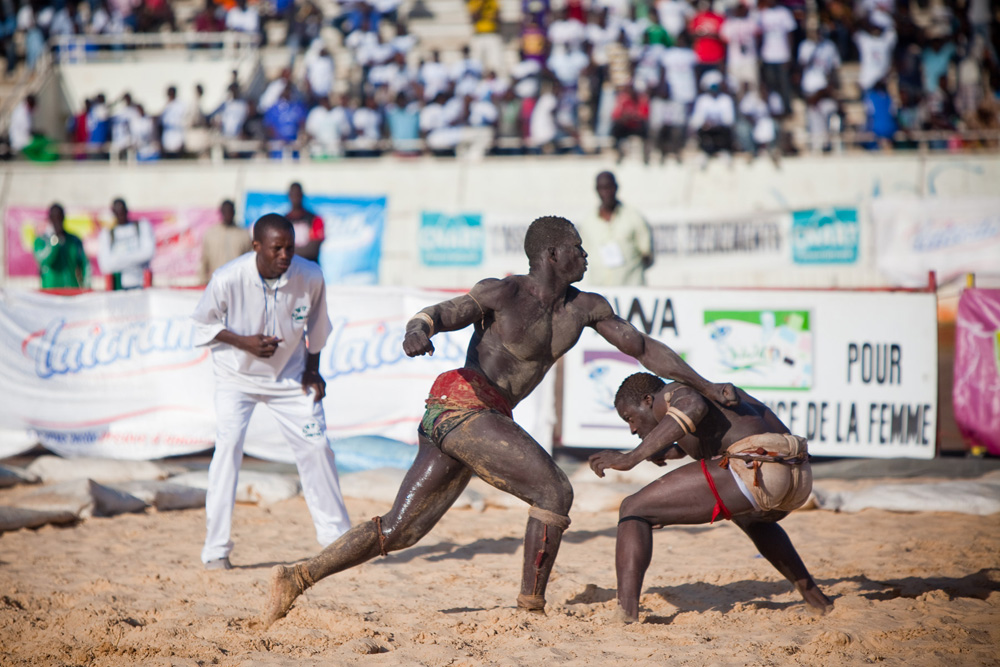
You’ve just been awarded ‘Travel Photographer of the Year - 2014’ by the Australian Society of Travel Writers. What is the story behind the winning photograph ‘Fists & Magic’?
‘Fists and Magic’ (see image above) is a photograph I took ringside at a Senegalese wrestling match in Dakar in the middle of madhouse high-pitched singing, drumming, hyper-masculine posturing, dancing, sorcery tactics, swinging fists on the sand and wild antics in the grandstands. This is the only wrestling code in the world to expressly allow bare knuckle punching – and contrary to my assumptions arriving in Senegal, the sport is far more popular locally than soccer is. As a spectacle it’s something like tribal warfare, and was all the more intimidating for me because I was the only pasty skinned whitey in the entire stadium!
The funniest part of the experience behind this photograph, however, is that I originally decided to go to a match after doing a short photo-documentary on Wolof fishermen in neighboring Mauritania. Ethnically they were from Senegal and close to fanatical about following the wrestling. While 25km offshore with the four-man line fishing crew, they taught me several Wolof expressions. A month later, after bluffing my way into the stadium with no press card to take photographs (in some countries a convincing camera is all you need) I was unexpectedly interviewed on national TV. Afterwards I called the fishermen and they were beside themselves with laughter having seen me use the Wolof expressions they had taught me to an incredulous presenter.
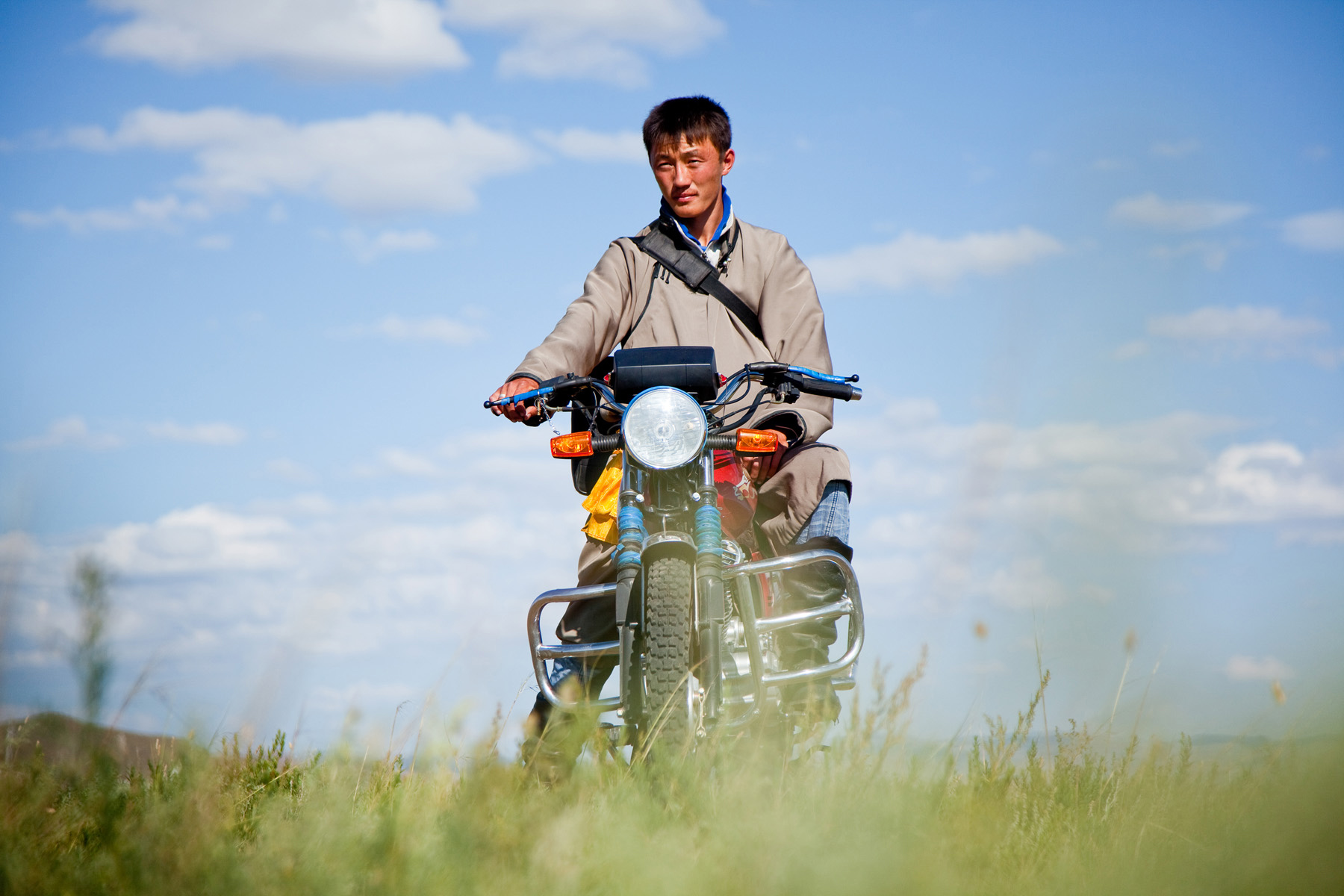
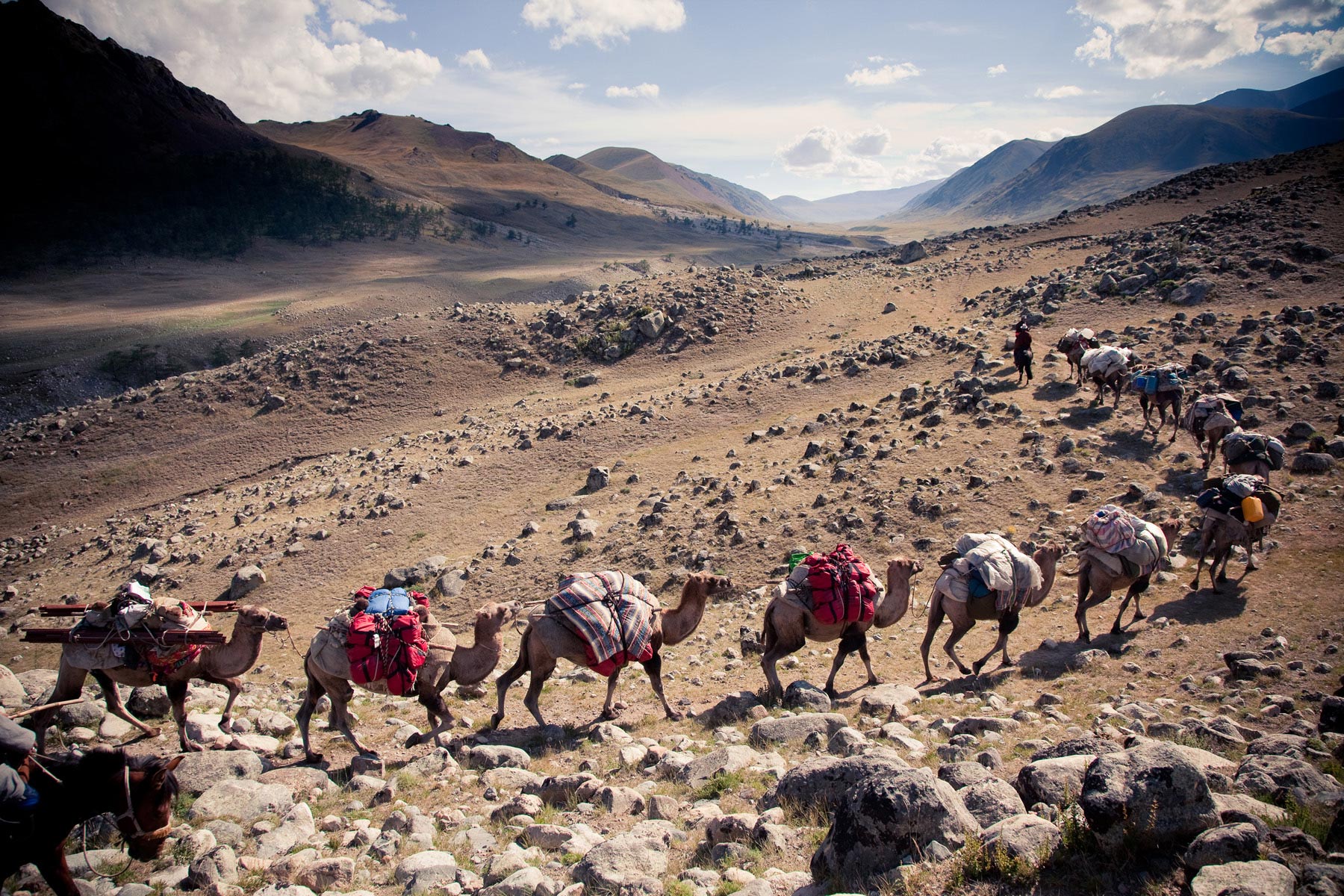
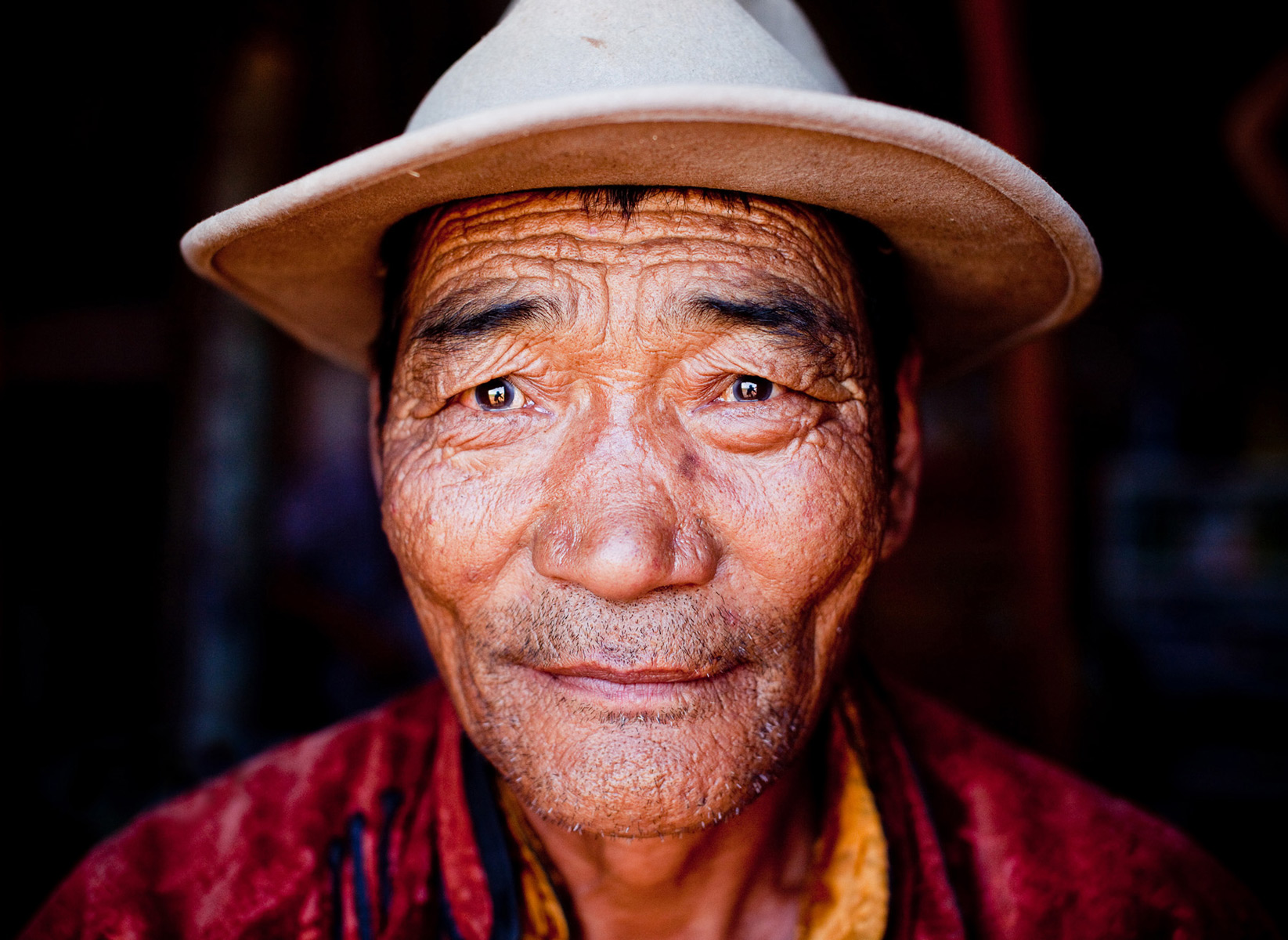
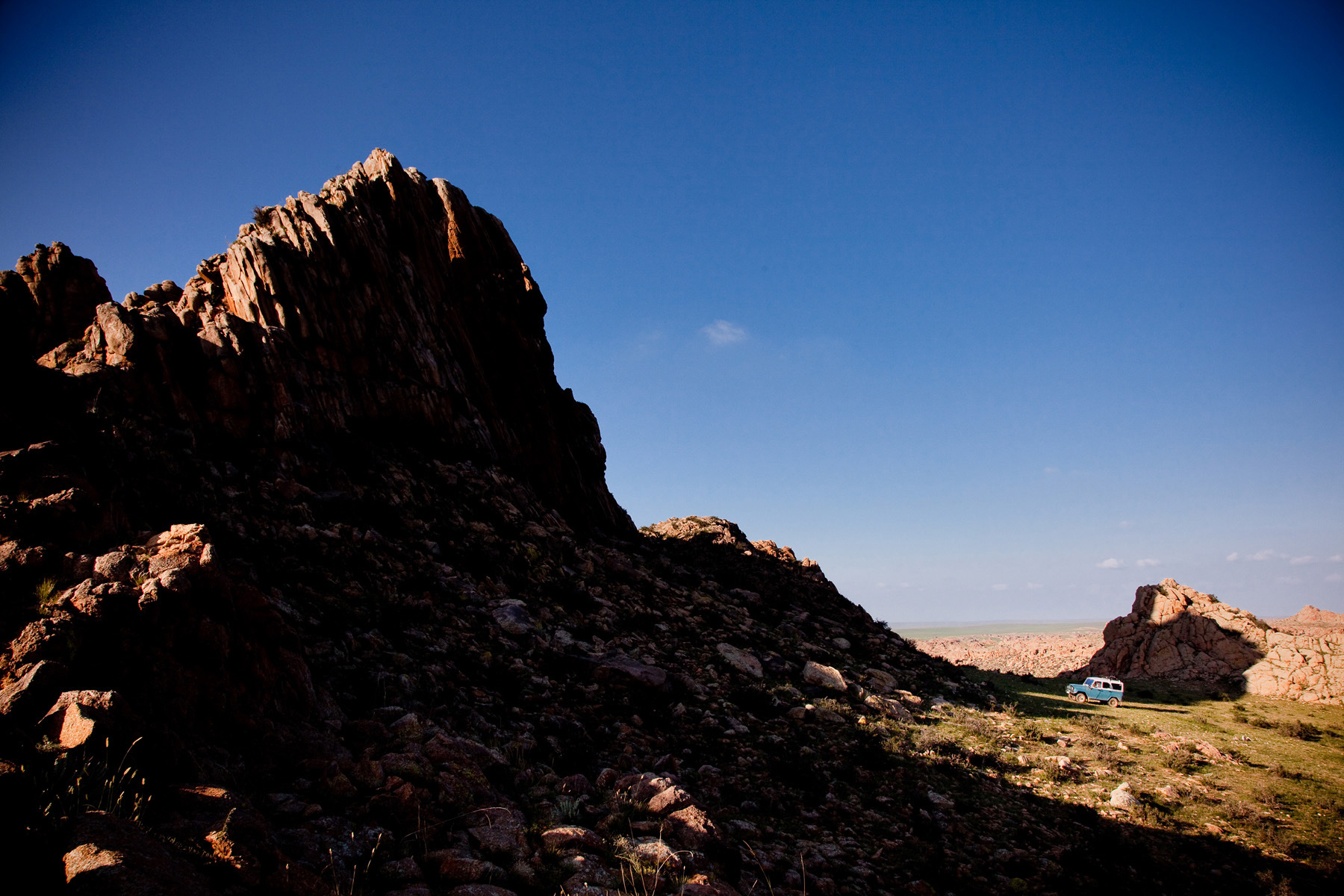
On some of his most memorable travel experiences:
Favorite locals: Pacific Islanders are pure sunshine. I had never met such quick-humored, open and accepting people before. Brazilians have enviously low amounts of self-consciousness. Do. Not. Hold. Back. That's what they taught me. And Copenhageners? They just get how to live in a city!
Most memorable adventure experienced on an assignment: Last year I was sent by International Traveller magazine on a navigation experience using nothing but the stars and the elements on the Marumaru Atua (a traditional 'vaka' or sailing outrigger canoe) in the Cook Islands with a Polynesian master navigator named Tua Pittman.
Most unusual culinary experience: I was once served boiled bat in New Caledonia as a special going away present from a local Kanak man who hunted them in the forest with a slingshot (it did not taste like chicken).
Most unique accommodation: On Tanna island, Vanuatu in a tree house ten metres above the ground that looked over the rainforest canopy to an active volcano that spewed hot streaks of magma high into the air. Apparently Captain Cook first sailed there drawn to it by the red glow from beyond the horizon at night.
Funniest/most memorable moment: My most memorable photography project is definitely one called Boorun's Canoe. While working on it, for the first time in my life, I spent time really getting to know Indigenous people, the Gunai/Kurnai, in the southeastern most region of mainland Australia where I'm from. The photographs that I took help tell the story of how one family maintains a millennia old tradition of bark-canoe making led by their senior elder Uncle Albert Mullett. For me personally it was really important because for many years I had travelled overseas and engaged with other cultures - even to the point of acquiring fluency in another language, Spanish - but like most Australians had interacted little with the most cultured people in my own back yard.
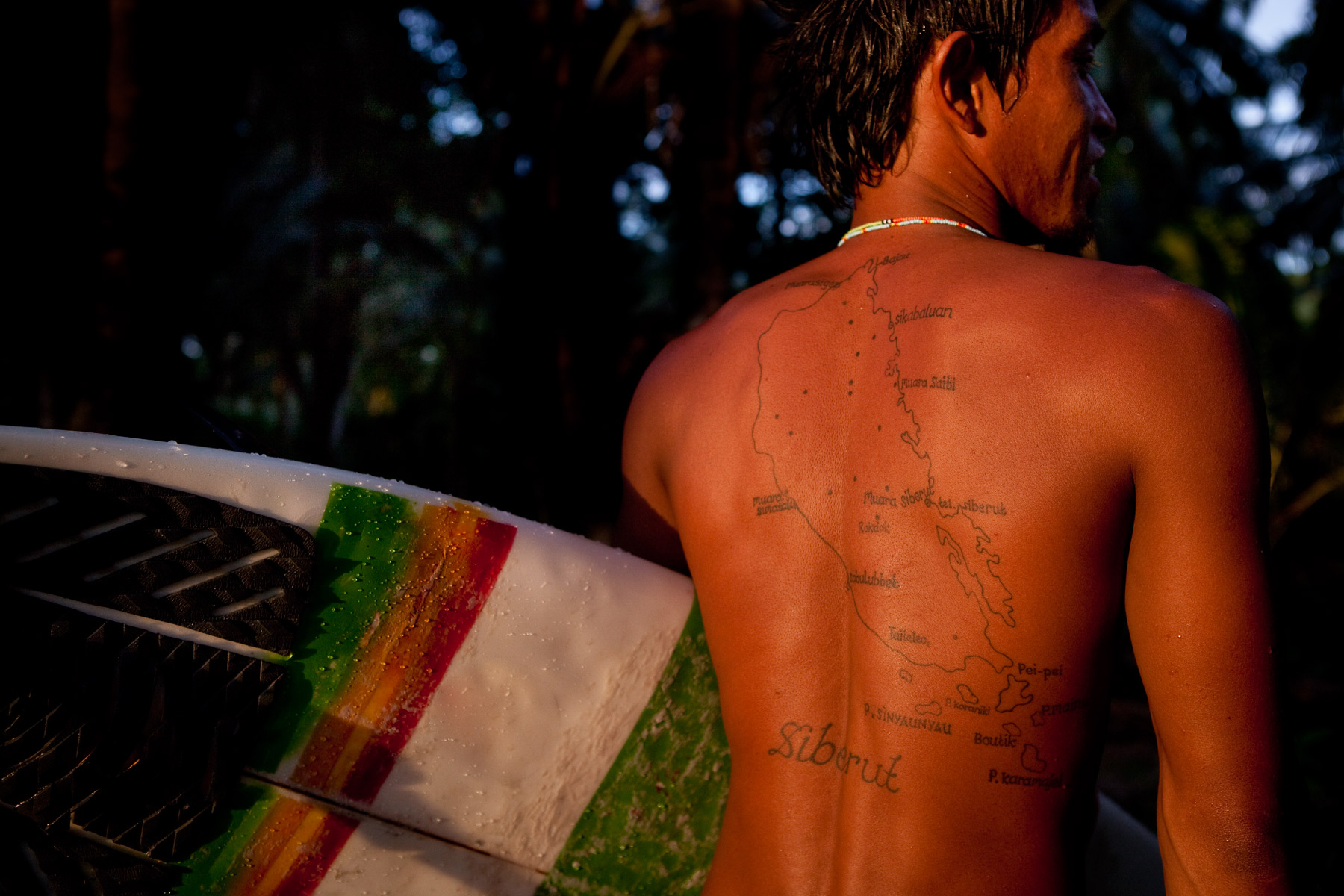
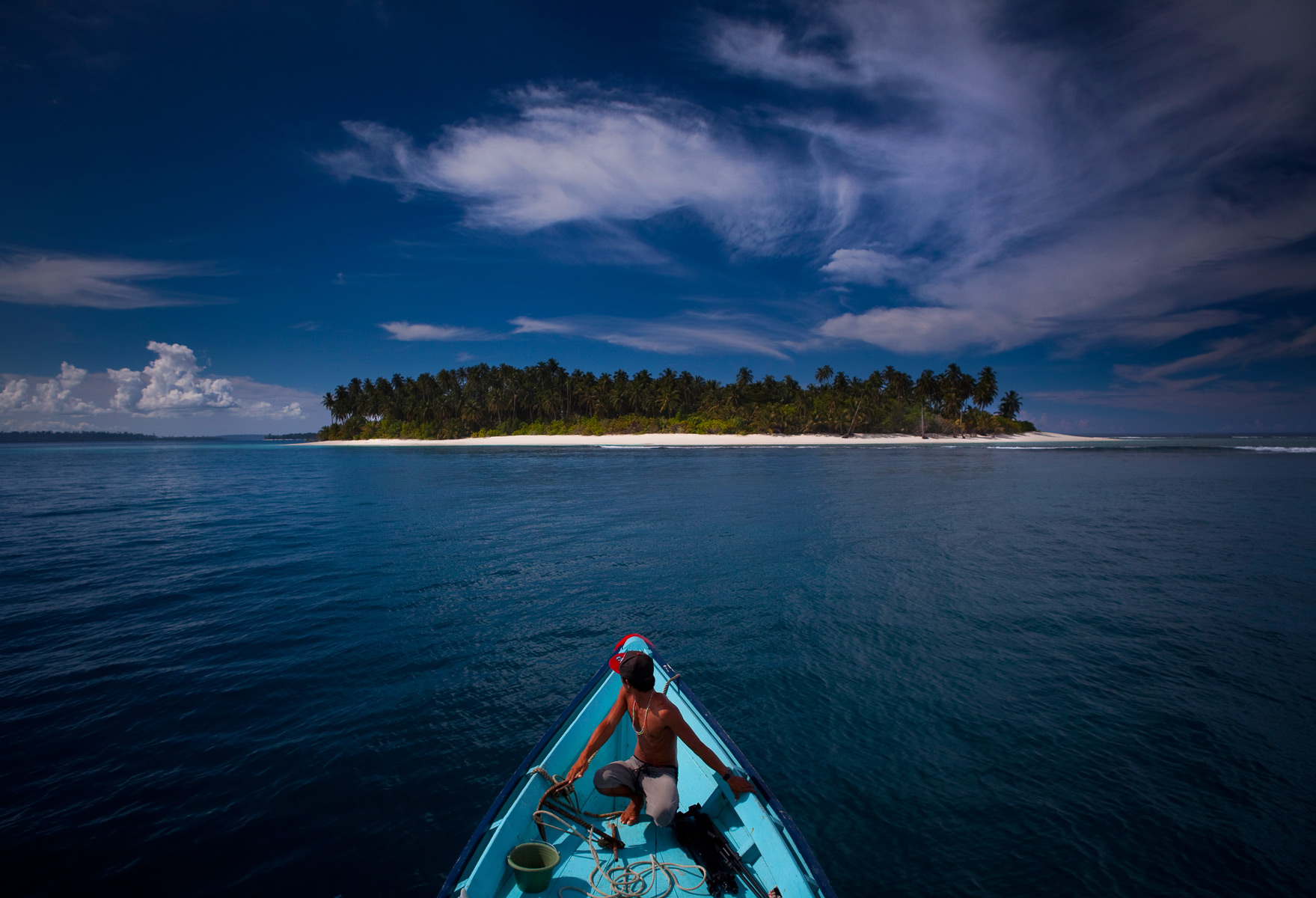
What advice do you have for individuals that want to start traveling internationally, but don’t know how to start?
I think it’s a great idea to frame your travel around an interest you have rather than just going to visit a ‘place’, because what will you do there? If you like surfing, plan an itinerary around that. If you’re into crazy exotic sports (such as Australian Football) then look up when the locals will be playing it. That way you’ll make all kinds of connections with locals that you wouldn’t if you just land in a hotel and buy one tour after the next. But don’t plan too hard, I think building in flexibility to your travel plans is key to making the best of your time wherever you go, because no matter how well you plan, great opportunities will always come up that you hadn’t foreseen.
What’s next for you?
This (Southern Hemisphere) summer it looks like a have an assignment or two for Australian Geographic magazine. Asides from that I’m planning on taking some time out from travel to work on some personal photography projects. Then next April I’ll be running my first travel photography workshop series in Nepal.
To see more of Cam's beautiful and award winning photography, be sure to visit his website www.camcope.com and follow him @Camcopephoto on Instagram.
Images Courtesy of Cam Cope







